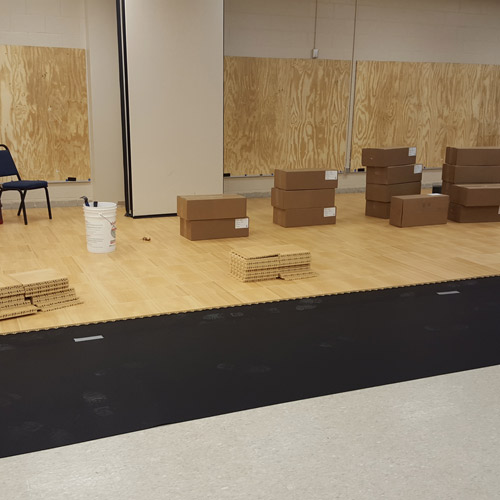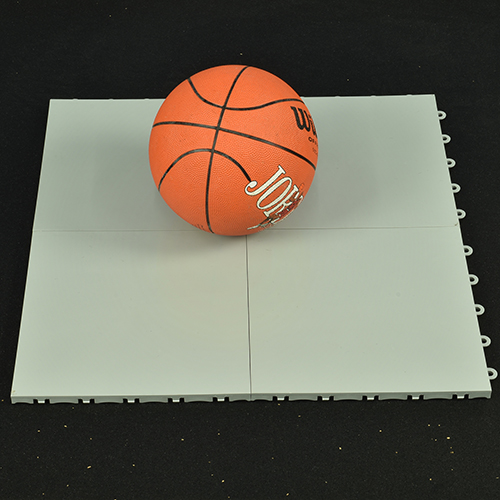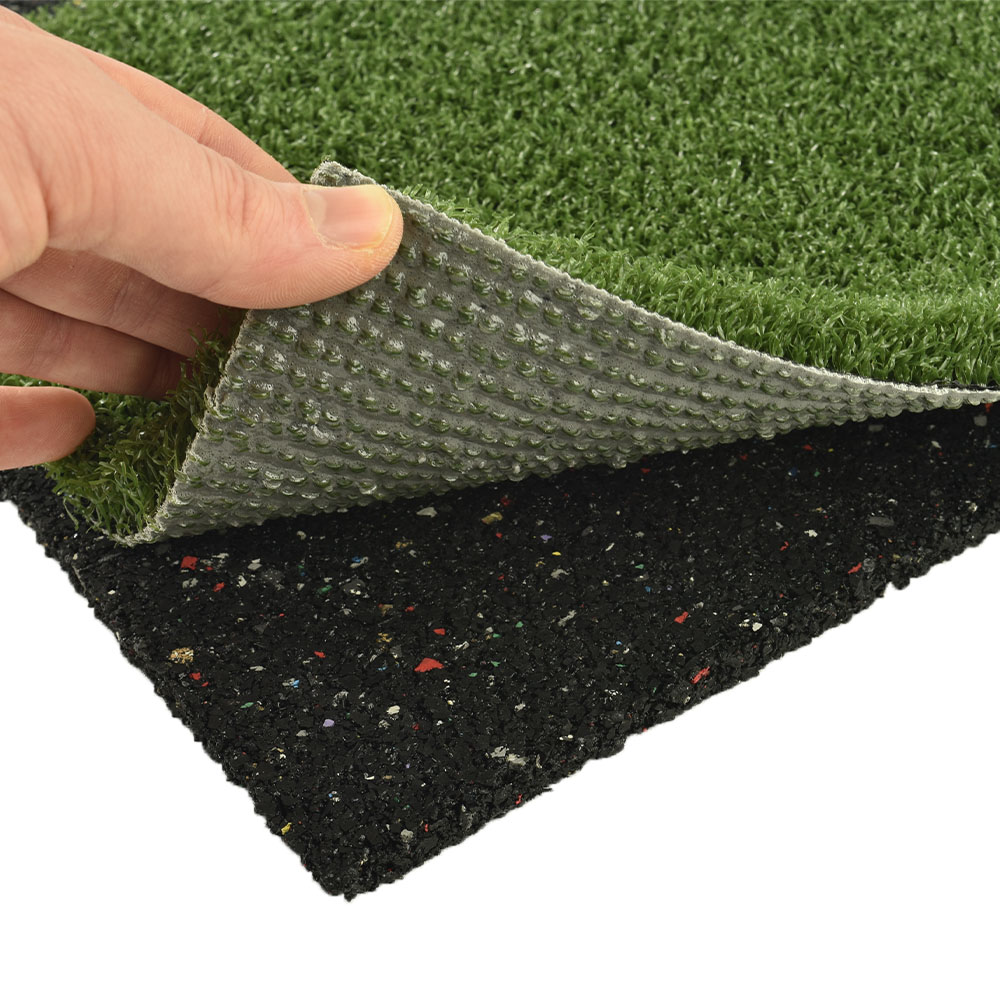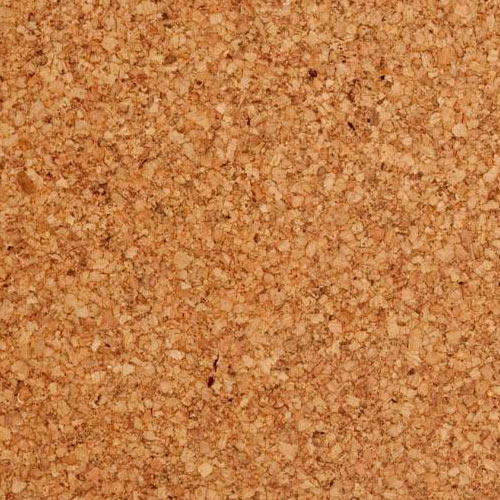How Does Sound Floor Underlayment Work?
Related Product: Rubber Floor Underlayment 3 mm x 4x50 Ft. Roll
Hardwood and laminate floors, plus tile, whether ceramic, plastic, or vinyl, are all great flooring choices, with one small problem. As hard surfaces, they all magnify or amplify sound. Even carpet does a lousy job of deadening sound. If you don't want to hear footfall or footstep noise between the floor and ceiling assembly, you need a sound barrier. Whether you are installing flooring in your own home, or you are an architect or builder of multi-unit facilities (apartments, hotels, schools, dormitories, hospitals, condominiums, etc.), a sound underlayment increases the comfort and privacy of residents.
How Underlayment Works
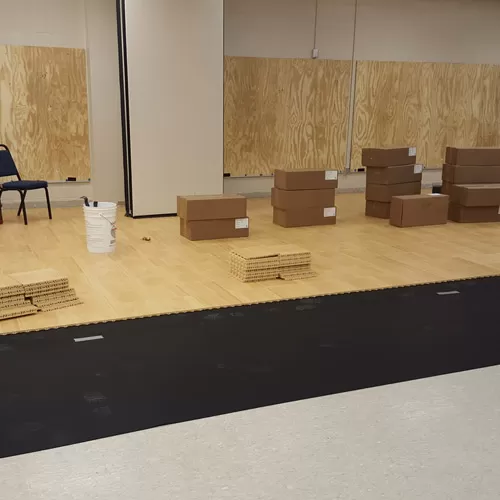
Underlayments deaden sound by breaking the transmission path between the flooring and ceiling assembly. The ''ceiling assembly'' is the trusses, joists, and subfloor that make up your floor and ceiling. By breaking the transmission path, the material deadens what is known as impact noise - the noise created by a foot or something else, like a cast iron skillet, falling on a surface like your floor. But underlayments also reduce airborne noise transmission. So not only will you hear less 'neighbor noise', but when you drop a spoon on the floor, the clattering sound won't be heard all the way into the bedroom, waking your sleeping infant or spouse.
As you know, sound is actually moving air vibrations traveling to our ear, which registers the vibration against our eardrum, and the brain translates this to sound. A rubber underlayment absorbs these vibrations, preventing or lessening noise transmission.
The Uniform Building Code already requires hotels and apartment houses to meet certain sound transmission codes. This is based on the realization that noise is intrusive to other tenants and residents. In buildings like schools or offices, one tenant or classroom doesn't want to hear noise from another office or classroom. The solution is a thin sound underlayment between the flooring and the subfloor.
Popular Underlayment Materials
Most underlayments are made of natural materials - rubber or cork.Rubber has several advantages. First, most underlayment is made of recycled rubber - car tires to be exact. So you are reusing a natural resource, and this may qualify for LEED points on your building project. Secondly, rubber does not compress. It will hold its structure, even with lots of weight placed on it. Other materials can't do this.
Cork also makes a popular underlayment choice in commercial and residential properties. Cork springs back, returning to its original shape after it’s compressed, so it’s a durable choice. It’s also moisture-resistant and hypoallergenic, ideal for creating a healthier environment. It provides thermal insulation to maintain warmth and is also environmentally renewable.
Examples of Sound Floor Underlayment
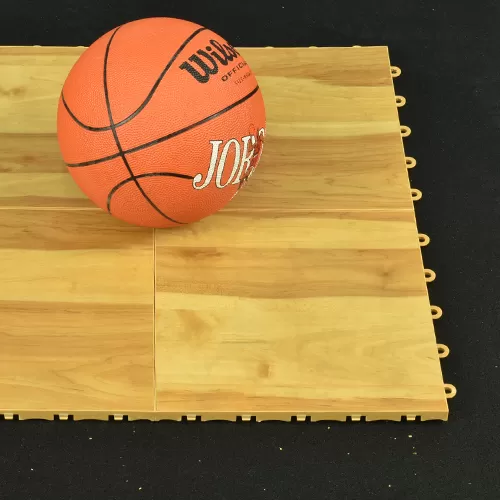
At Greatmats, we carry several underlayment products for use under different types of flooring.
The Rubber Floor Underlayment is ideal for use under modular tiles. This rubber underlayment helps to add cushion when you’re installing athletic flooring tiles over a hard surface, like a concrete floor. It’s highly durable and won’t break down over time. The rubber underlayment can be dry laid without adhesive, and it is made of 90% post-consumer recycled material, so it may contribute to your project’s LEED points.
The TurfShok Rubber Underlay is an excellent choice for use underneath outdoor turf. It features excellent drainage properties and helps to reduce force from impacts. The underlay also adds ergonomic properties to the turf, which supports athlete wellness and comfort. It may even help to reduce injury risk for athletes. This underlayment is highly durable and is made from 93% recycled rubber.
Our Cork Underlayment is a popular choice for use under ceramic floors in residential or commercial settings. It helps to reduce both sound and vibration and can be glued down or dry-laid. Cork is a sustainable, eco-friendly material, and the underlayment is available in 2x3-foot pieces that are easy to transport and install.
